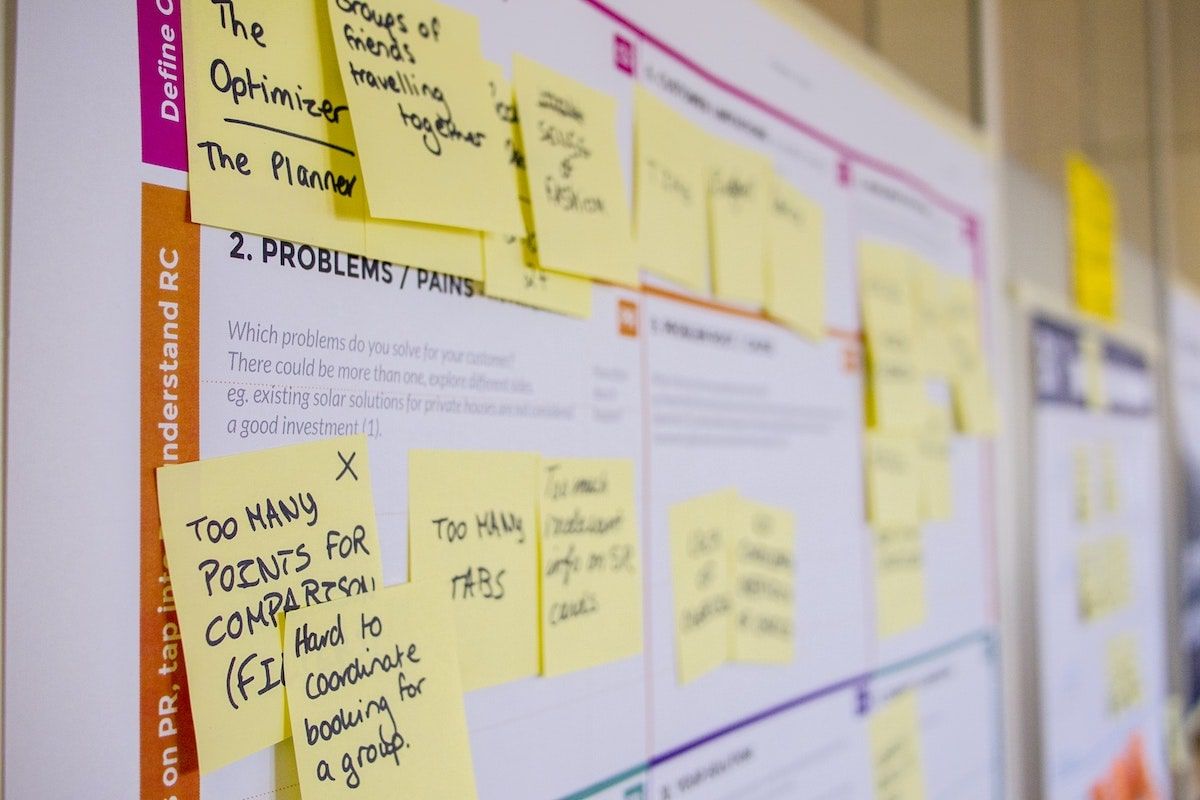Creative Brief: What Is It & Why Do You Need It?
Hire film gear from local filmmakers.

Hire film gear from local filmmakers.
When you're planning a creative project, everyone in the process must be on the same page. You can do this by making a creative brief for the people on the project.
Using a creative brief to note everything is a great way to notify and plan a project with other people without overloading them with information.
Here, we will go through what it is, why you should use it and how it works. If you already know, then go ahead and download your FREE Creative Brief template right here!
If you need more documents for your project, then fear not. We have gathered all of our film production templates available for FREE right here!
What is a Creative Brief?
A creative brief is a document you fill with the information of a creative project. You write down how you imagine it to be and what your goals are.
In the creative brief, you write the scope, audience, tone, deadline, budget restrictions and more. You included everything that is needed for the creatives to start their work.
Why should you use it?
If you're planning a creative project and want other people to create it, you need a creative brief.
The creatives will then take over and realise the project you envisioned. By giving them a guideline, but not a play-by-play, you allow them to bring their creative energy to the process.
Without a creative brief, there is no guideline for the people doing your project. Without directions, the end product could be something unfitting of your brand.

How to write a creative brief
To write a creative brief, you have to give out just enough information for the marketers to get their creative juices flowing. You do not want to restrict them too much, with too in-depth info, but you do not want to be vague either.
You would typically include the following sections.
Project Name
When starting a project, you want a name to distinguish it from others.
Make a simple name that is not similar to other projects (don't name your projects: Project A, Project B etc.).
Contact Information
Here you will write the contact information for the project manager from your company. Make sure they have both the e-mail and phone number, so they can easily reach your representative.
Background
In this section, you have to write a short background story for your company and brand. You would also include anything relevant to the story of the project. Lastly, if it is a part of a larger strategy, this is also the place to write that.
General Description
Here you would write a general description of the project. You would write anything that you think is relevant for the creative team to know about.
Target Audience
In here, you would write the target audience of the project. Do you want to hit a specific geographical group, a specific age or a group with similar interests? It all depends on what type of project you are doing, but the specifics of the target group is vital. Don't be too vague in this section.
Creative team
Here you would write the creative team connected to the project. You can write contact information and the roles of each individual.
Objective
This one is more straightforward. Here you would write the objectives of the project and the challenges behind it. To make it easier, we broke it down into Problem and Goal.
Problem
This sub-section is for the challenges and problems behind the project. What is the problem you are trying to solve? It helps the creatives understand the meaning of the project better.
Goal
Here you would write the goal of the project, what you would like to achieve. It could be a growth in members, new customers or brand exposure. Have some clear goals in mind, also for your own sake. You can not evaluate the results of the project if you don't have a set goal.
Message
In this section, you would write the overall message you want to convey. What is this initiative trying to get across to the audience? It could be that you want people to see your brand in a certain way.
This section is also where you would write the tone of voice for the project. Do you want it to be a youthful tone or more mature and serious?

Media
In here, you would write whether it's for digital or traditional media and what specific media you want it to run on.
Traditional media is media like TV, radio, newspapers and magazines. While it may seem outdated, there could be benefits to using this if your target group are consuming it.
Digital media is usually related to social media or Google ads. It can be cheaper depending on how many people you want to reach. It is also easier to tune the ad spend up and down on these platforms.
Ultimately there are ups and downs to each type of media. You can read more about the different pros and cons here.
Consumer benefit
In this section, you note down the benefits of the consumer. What do they get for consuming your product or service? Or, more importantly, what are they missing by not doing it.
Competitors
This section is for you to inform the creatives about your competitors. Note down briefly what they are doing, their relative size compared to you and anything else that might be helpful.
Deadline
It is also the section where you write the deadline and any other important dates agreed with the creatives. You also write the timeline of the project here.
Mandatory elements
Here you should note any mandatory elements that you want. It could be a specific colour scheme, logo, mascot, person or anything else. It is the section where you should be 100% clear.
Promotion/Distribution
It includes everything concerning promotion and distribution. It also includes the overall budget. It also includes how much they should use on, e.g. Facebook ads if you have preferences.
Additional notes
If you have any additional notes for the creatives to know, this is where you would put it. It is any information that did not fit into the other boxes that you want them to know.
Closing thoughts
I hope this article made you a little wiser on the importance of a creative brief.
When planning a project, it never hurts to be informed about its making.
We have written an article on the basics of filmmaking so you can learn more about the process.
What is a creative brief?
A creative brief is a document used to describe the strategy of a creative project.
How do you write a creative brief?
- Give the project a name and a project manager.
- Write a brief background and brand statement.
- Decide on your target audience
- Identify the main problem, challenges and goals.
- Figure out the key message for the initative
- Decide on which media to use. Digital, Traditional or both.
- Describe what the consumer benefits from your product/service
- Identify and briefly describe your competitors
- Lay out a budget, timeline and other technical details.
- Decide on the specific mandatory elements such as colour schemes or phrases.






















